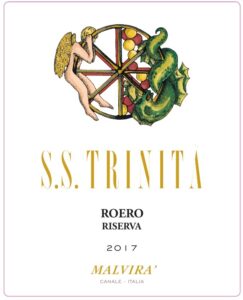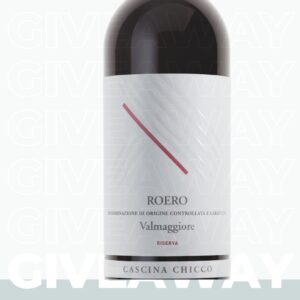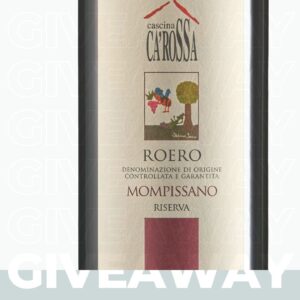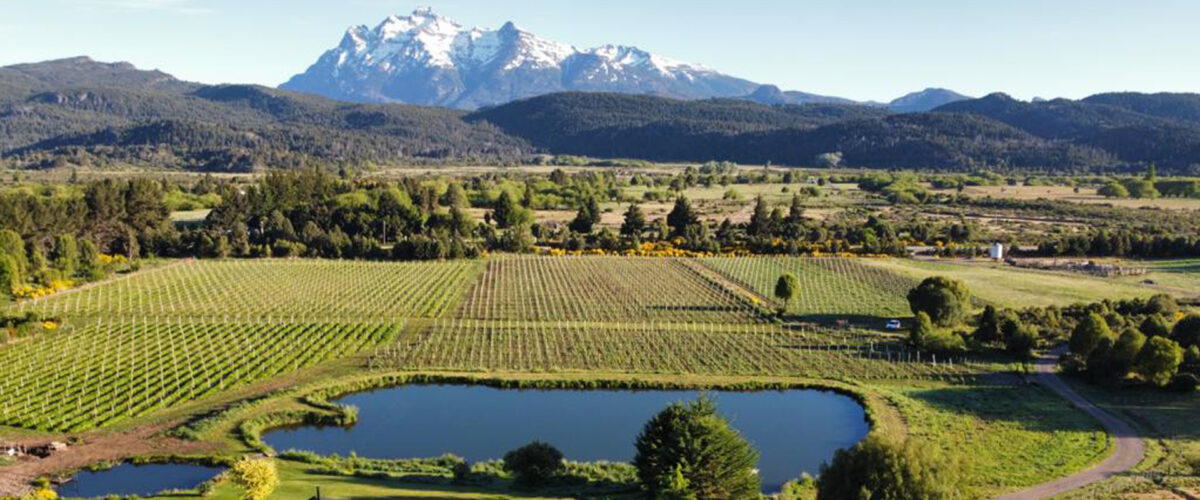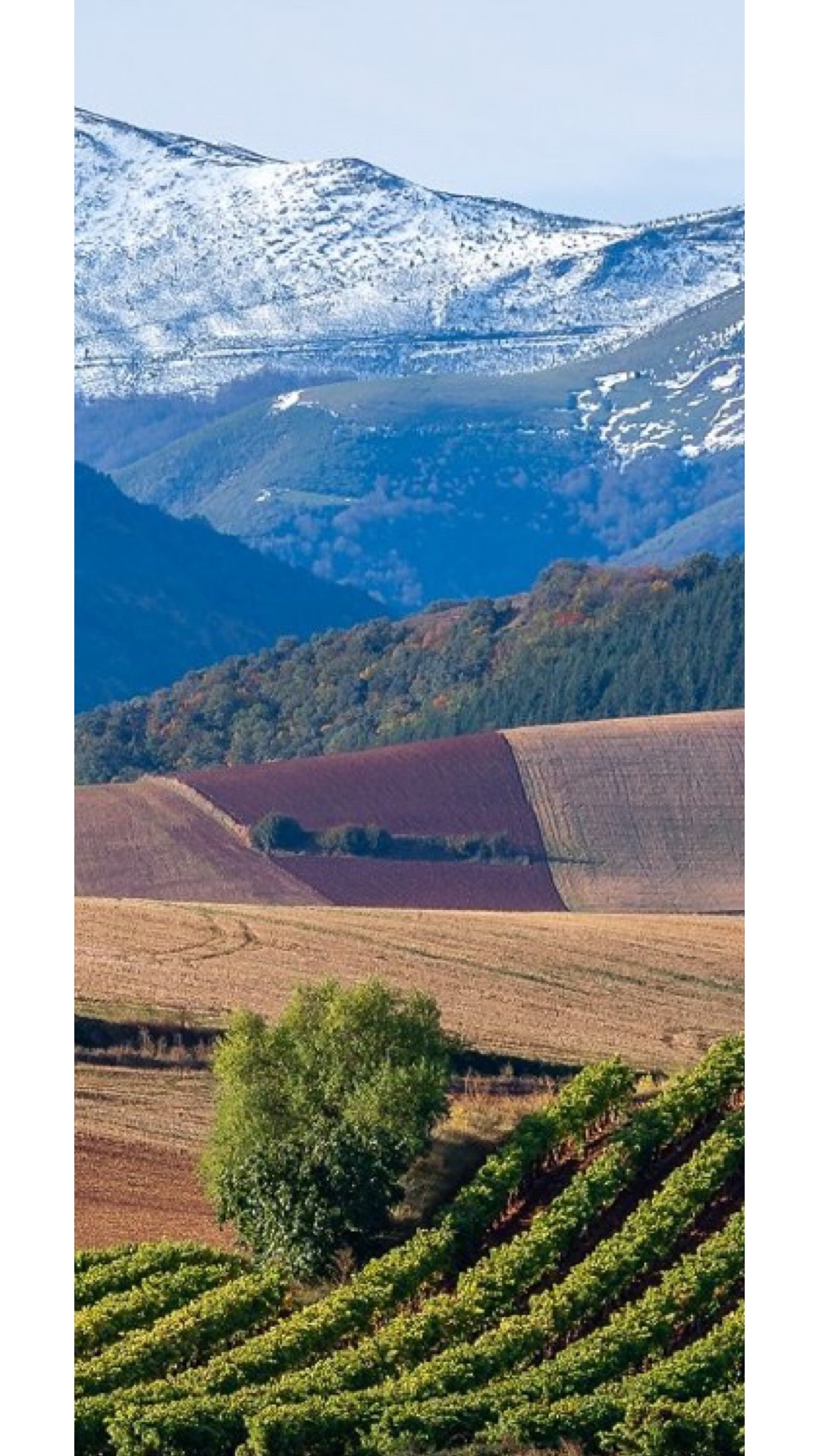I attended the online Masterclass Series “Great Italian Wines – Understanding Indigenous Grape Varieties” – Montepulciano & Aglianico on Thursday, April 15th, Part 3 in the series, and here is what I found out.
Montepulciano
Vines in Montepulciano have been cultivated since the late 1700s. Currently, Montepulciano is the second most widely planted varietal in Italy, just after Sangiovese, and is planted mainly in central Italy, predominantly in Abruzzo, as well as the regions of Marche, Molise. and Puglia.
The most famous Montepulciano wines come from Montepulciano d’Abruzzo DOC. It is a high-yielding grape that thrives in the area of Abruzzo. Winemaking traditions in Abruzzo date back to the 6th century BC. Montepulciano is produced in each of Abruzzo’s provinces – L’Aquila (Capital), Chieti, Pescara, and Teramo – and over half of the 32,000 hectares of vines are planted to this varietal. This variety has a blue-purple skin colour; is late-ripening and thick-skinned yet produces wines with softer tannins and lower acidity.
Montepulciano d’Abruzzo was designated a DOC in 1968 and requires at least 85% of the wine to be made with Montepulciano varietal and no more than 15% of Sangiovese.
Important to note – This is Montepulciano “The Indigenous Variety” NOT Vino Nobile di Montepulciano MONTEPULCIANO
Aglianico
Aglianico is considered to be the “Barolo of the South”, with the finest examples found in Basilicata and Campania. Basilicata is a region located in the instep of the “boot of Italy” which borders Campania, Puglia, and Calabria between the Adriatic, Ionian and Tyrrhenian coasts.
Aglianico del Vulture DOC was established in 1971; 2,400 hectares are cultivated on volcanic soils from Mount Vulture. Aglianico is the only permitted grape within this DOC. The best examples of Aglianico del Vulture DOC wines are grown between 350 to 500 metres above sea level.
The Aglianico varietal has a dark blue-black colour and is thick-skinned; is a late-ripening variety that can be harvested into November and is also low-yielding. This varietal also requires abundant sunshine and dry weather; thrives on steep slopes, high altitudes, and volcanic soils. These wines tend to be full-bodied, have good structure, firm tannins, and are age-worthy.
Wines Tasted
Torre Dei Beati Montepulciano d’Abruzzo 2018
Varietal: 100% Montepulciano (organic)
Deep, violet-ruby red in colour; elegant nose with complex blackberry fruit, hints of spice and mint; on the palate ripe red berries and earthy notes; well-structured with refined tannins through to a long finish. This is an elegant interpretation of Montepulciano.
—-
Score: 90 points
Grifalco Aglianico Del Vulture 2018
Varietal: 100% Aglianico
Ruby red in colour; the nose is generous and elegant; fresh and preserved red berries, enriched with balsamic note and mineral notes; the palate is bold and full-bodied with lovely red and black cherry and earthy flavours; structured tannins; good acidity lengthens the deep defined finish.
—-
Score: 91 points
@italchambers @trueitaliantaste @cavinonawine #trueitaliantaste #extraordinaryitaliantaste #iffoodcouldtalk #indigenousgrapevarieties #greatitalianwines #aglianico #BarolooftheSouth #Montepulciano #winetasting #instawine #winelovers #Italianwinelovers

![Great Italian Wines [Master Class] Understanding Indigenous Grape Varieties – Montepulciano & Aglianico](https://www.liz-palmer.com/wp-content/uploads/2021/04/Liz-Palmer-Thursday-Post.jpg)
![Nebbiolo, a milestone for exploring the magnificent wines of Barolo, Barbaresco and Roero wine destinations [Part 1] – Filippo Magnani](https://www.liz-palmer.com/wp-content/uploads/2021/04/White-Travel-Instagram-Story.jpg)



